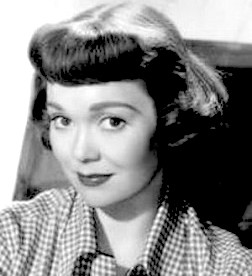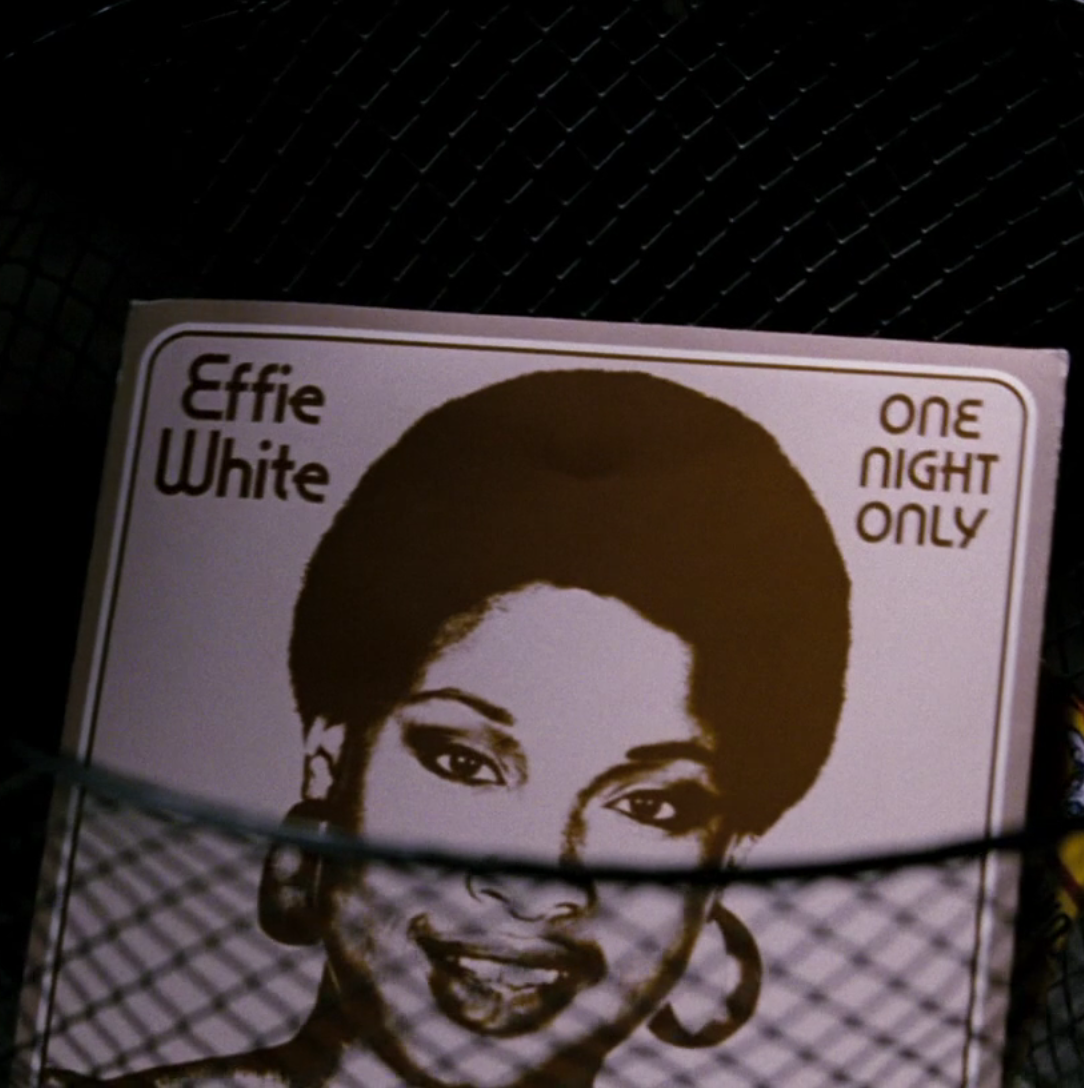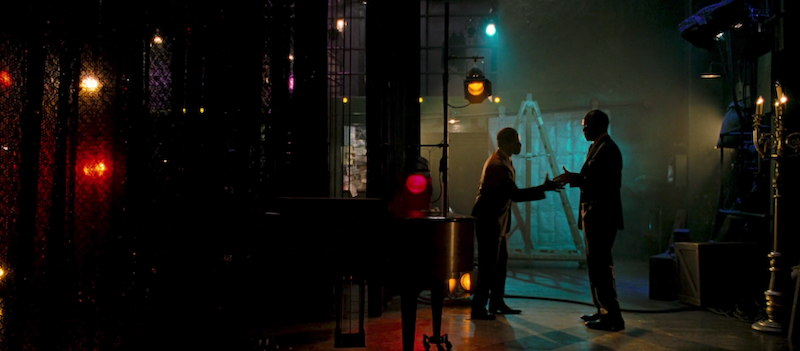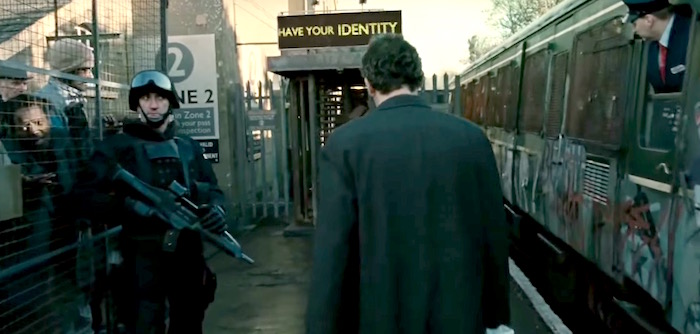The Furniture: Appropriating Chinese Design in "The Shanghai Gesture"
 Monday, January 16, 2017 at 11:11AM
Monday, January 16, 2017 at 11:11AM "The Furniture" is our weekly series on Production Design. This week Daniel Walber looks back at one of the Art Direction Oscar nominees of 1942 for its 75th anniversary.
While Josef von Sternberg’s The Shanghai Gesture was still in production, the studio received a letter from T.K. Chang, the Chinese Consul to Los Angeles. Having read the script, he objected to its vicious and absurd portrayal of Shanghai’s underbelly and cautioned the producers to take “consideration of Chinese sentiment.”
Producer Arnold Pressburger defended the film as merely a fantasy. “This imaginary world has no connection with the realistic aspects of today,” he replied. This argument even wound up in the final cut, in the form of an opening title card: “Our story has nothing to do with the present.”
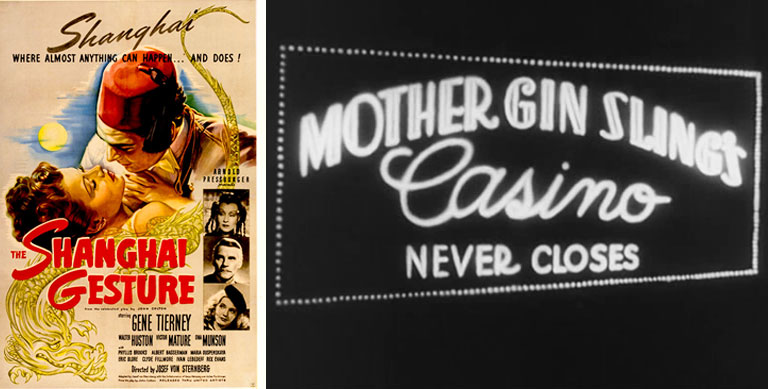
Chang saw right through Pressburger’s nonsense. “Such imaginations always prove to be constructed from the raw material of realities,” he wrote back. He was right. The Shanghai Gesture attempts a menacingly ahistorical flare by appropriating specifically Chinese decor. This is, of course, impossible. But the Oscar-nominated failure of art director Boris Leven (West Side Story) is fascinating...



